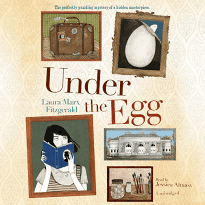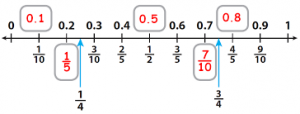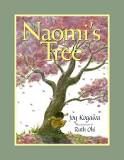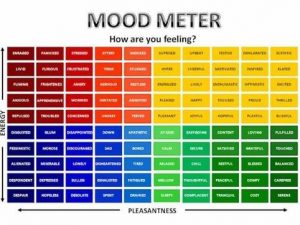
This term, the grade 5 math students have focused on two of the Big Ideas in the curriculum: Identifying regularities in number patterns that can be expressed in tables, and computational fluency and flexibility with numbers that extend to operations with larger (multi-digit) numbers. Additionally, students further developed their basic math fluency skills by practicing basic addition, subtraction and multiplication facts.
At the beginning of the term, students learned to identify number patterns and write pattern rules. After that they were able to develop expressions using a variable to describe a pattern. Finally, students used patterns to write and solve one-step equations with a variable and could express a given problem as an equation, using symbols (e.g., 4 + X = 15).
Later in the term, they worked with whole numbers to 1 000 000 and used different strategies like front-end rounding, compatible numbers, benchmarks and compensation to estimate sums and differences. Finally, they used these strategies to solve problems in real-life contexts and problem-based situations.
















